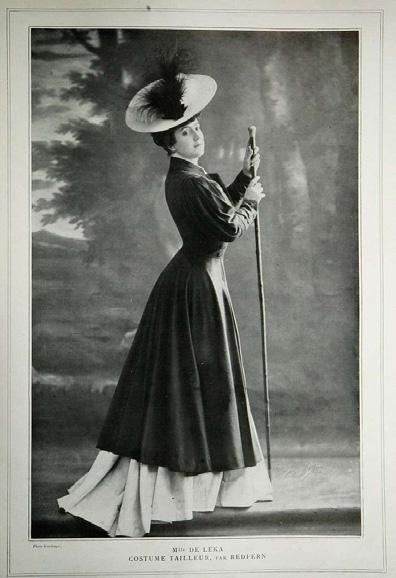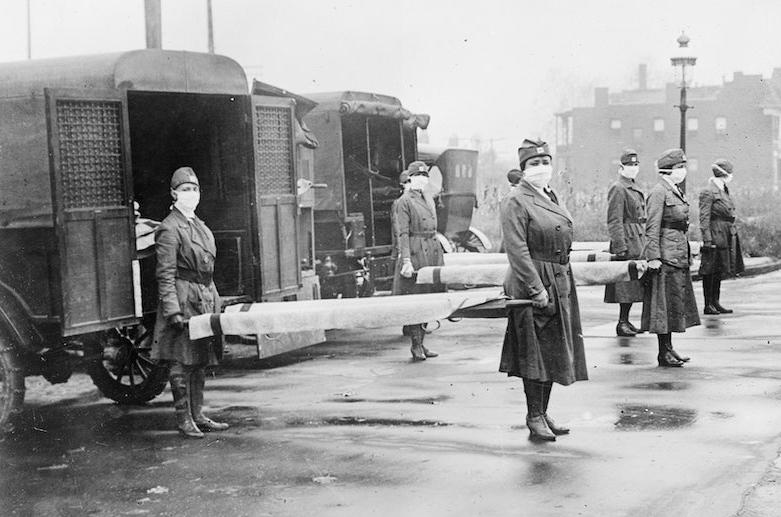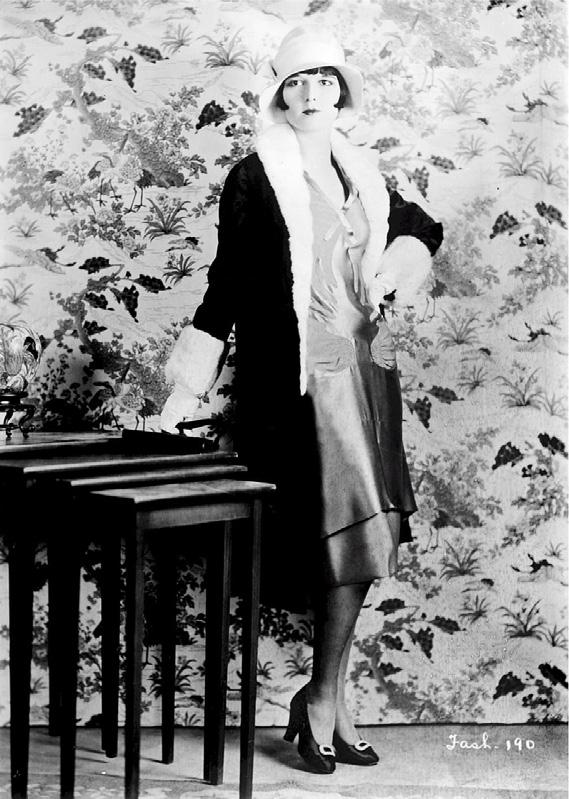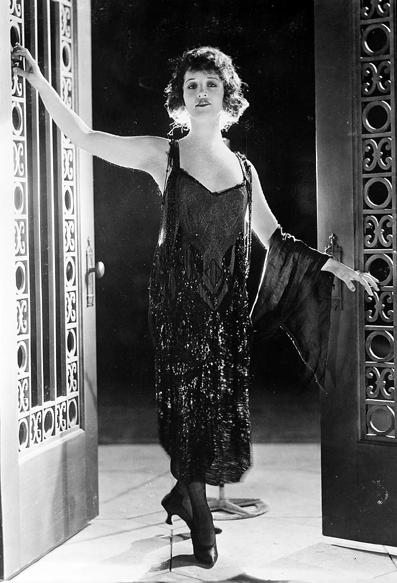
2 minute read
Roaring 20s
The Flapper & the Beginning of Youth Culture
When people think about the 1920s, they may think of Art Deco design, Jazz music and secret dance clubs. But nothing more embodies the image of the 1920s than the iconic Flapper.
Advertisement
Before the 1920s, there wasn’t really any such thing as Youth Culture. You were a child and then you were an adult – with all the responsibilities that came with that, and with a cultural mentality still firmly in the Victorian Era in the UK.
Then in 1914, the first World War started, killing 10s of millions of people across the world and this was quickly followed by a Flu pandemic known as ‘The Spanish Flu’ in 1918-1920 which killed between 50 – 100 million people worldwide.
During this time, with both so many men away at war and millions of people suddenly too unwell to work, women across the class structure were required to do their part and step into work that they would previously have been excluded from. With a post-war financial boom, many people now had more disposable income than they were used to. This led to many young women from the middle and upper classes earning a wage and gaining some financial independence for the first time. Mixed with the rise in availability of mass-produced cars, this resulted in a bit of a rebellion of the status quo among the younger generation of the middle classes and above. Gone was the prim and proper image the Victorian and Edwardian Eras were known for, with the emphasis on curvaceous but modest femininity emphasized by corsets.


The new style for young women was short bobbed hair, dropped waisted and loose fitted dresses that gave an image of a slimmer, more ‘boyish’ figure, and a shorter hemline. Thinly plucked eyebrows, glamourous dark eye and lip makeup were also the ideal - made popular by the silent film stars of the time. A stark contrast from the more natural look preferred by the Victorian and Edwardian styles. Seen as wild and immoral by the adults of society, Flappers drank alcohol, smoked, partied and celebrated life in places around the world.

So, what ended the Flapper era?
The roaring 20s for the Flapper subculture was all about having a good time, partying, and big spending after the horrors of the First
World War. All this came to a grinding halt with the 1929 Wall Street Stock Market crash in the USA. This impacted countries around the world and became known as ‘The Great Depression’. Lasting a full decade, this economic slump caused high unemployment and lower incomes around the world. Suddenly the extravagant lifestyle, parties, and good times fizzled away and the 1930s took on a more reserved image.


Despite this, embodying extravagance and excess and being seen as fun-loving and exciting, the image of the glamourous Flapper has endured to this day as an iconic subculture of the 20th Century.

BY CLARE IZQUIERDO

